The relentless push towards the “ideal” diet is more than a matter of personal health; it’s a financial sinkhole. Here’s a look at how diet culture’s demands chip away at your finances, armed with facts and a healthy dose of outrage.
1. Specialty Detox Teas
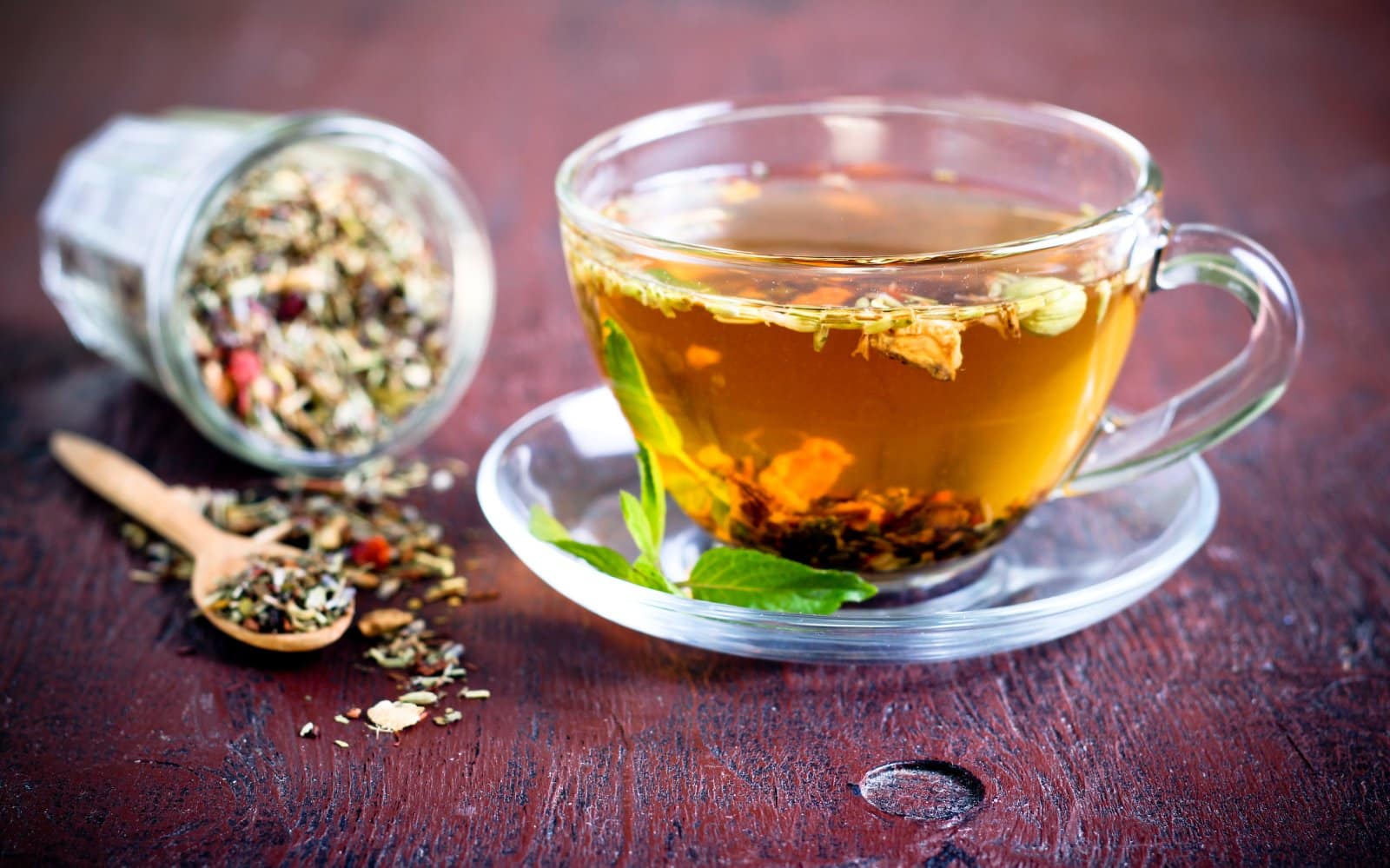
Detox teas promise weight loss and cleansing, despite lacking scientific backing for their effectiveness. You’re essentially paying for glorified laxatives, risking dehydration and imbalance in your body.
2. Superfood Supplements
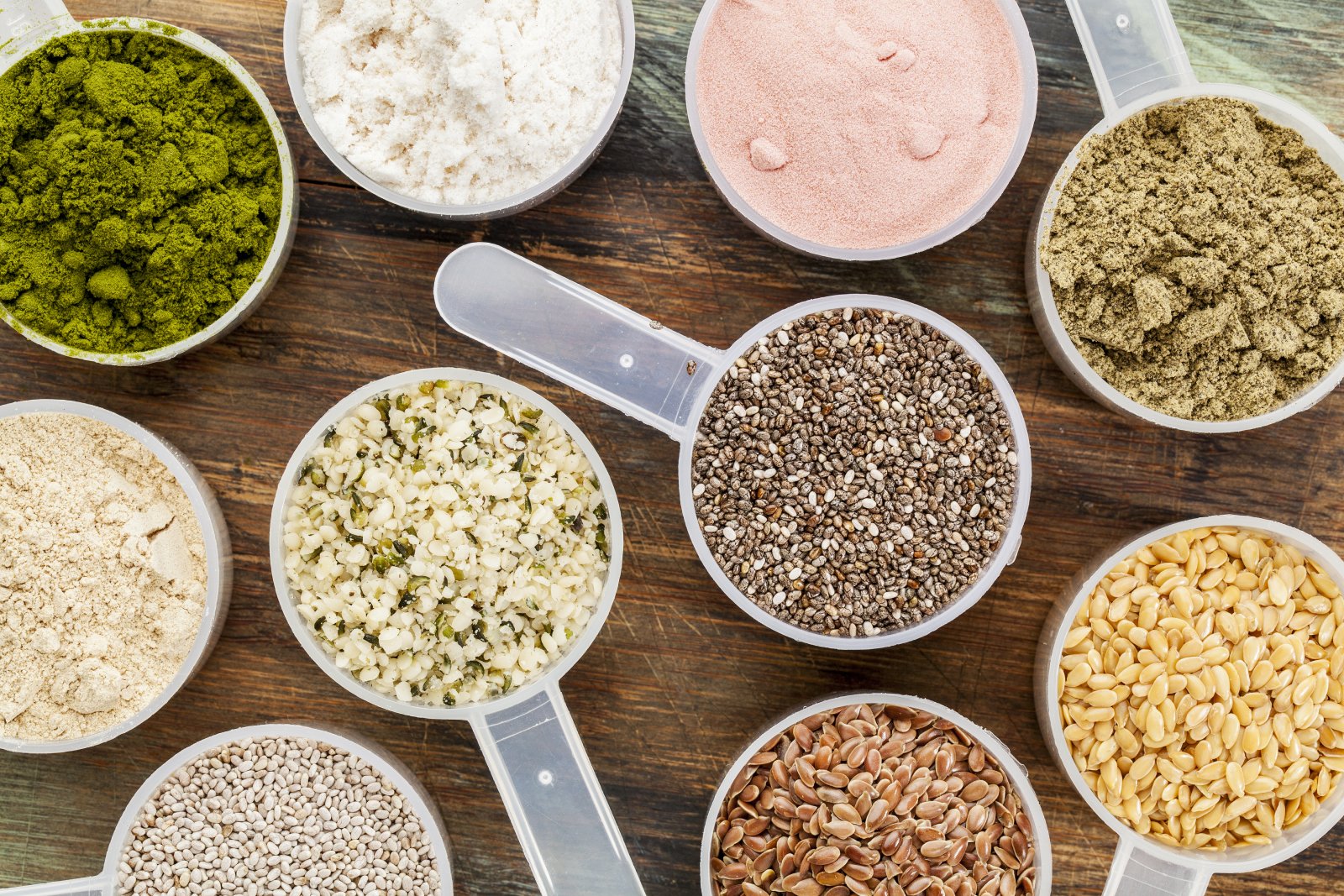
Superfoods and their supplements claim miraculous health benefits. Research often shows that whole foods offer the same nutrients without the hefty price tag.
3. Gluten-Free Products
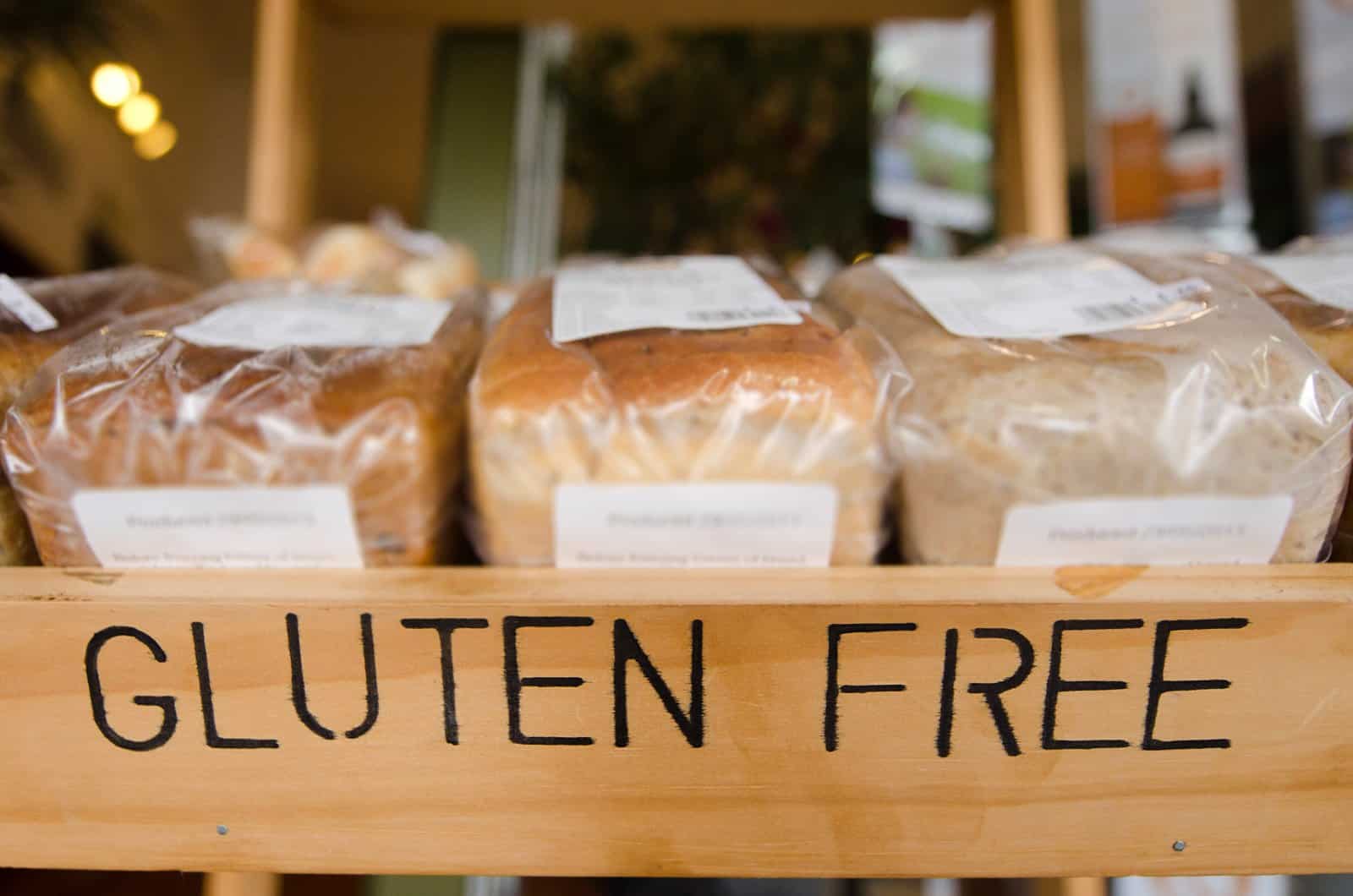
For those without celiac disease or gluten sensitivity, gluten-free products are an unnecessary expense. These items can cost double their gluten-containing counterparts while not offering any proven health benefits.
4. Organic Groceries

Organic foods can cost 25-50% more than conventional ones, with the organic industry grossing billions annually. The scientific consensus on their nutritional superiority is still out, making this premium hard to justify for everyone.
5. High-Protein Diets

Protein-centric diets and supplements, often recommended for weight loss, can significantly increase grocery bills. Excessive protein intake also poses health risks, like kidney damage, contradicting the promise of better health.
6. Cold-Pressed Juices

A single bottle of cold-pressed juice comes with a hefty price tag, adding up to hundreds a month if consumed daily. Despite their health halo, these juices strip away beneficial fibre in whole fruits and vegetables.
7. Meal Subscription Boxes
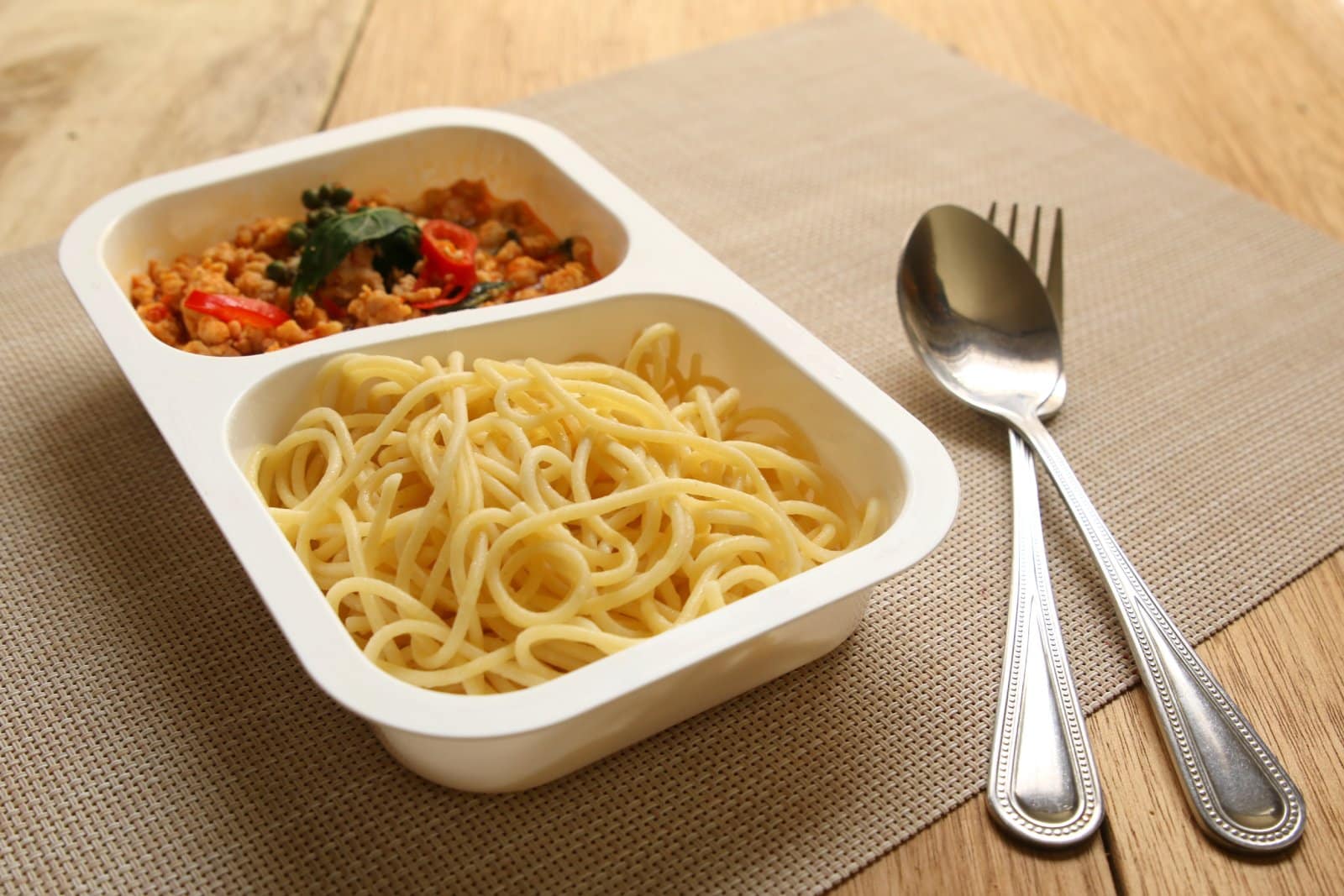
Diet-specific meal kits tout convenience and portion control but can cost more per serving — far more than cooking from scratch. The environmental cost of packaging adds insult to injury.
8. “Clean” Eating Books and Programs

Guides and resources advocating for “clean” eating vary widely in price, sometimes reaching into the hundreds, but frequently endorsing strict diets unsupported by nutritional science.
9. Boutique Fitness Classes

Specialized fitness classes, targeted at individuals pursuing a particular body shape, may require a significant investment per session. Regular attendance could set you back thousands annually, not including the gear and attire often promoted alongside them.
10. Weight Loss Supplements

The weight loss supplement industry, valued at billions, thrives on the promise of quick fixes. Not only is their efficacy questionable, but some have been found dangerous.
11. Paleo and Keto Foods
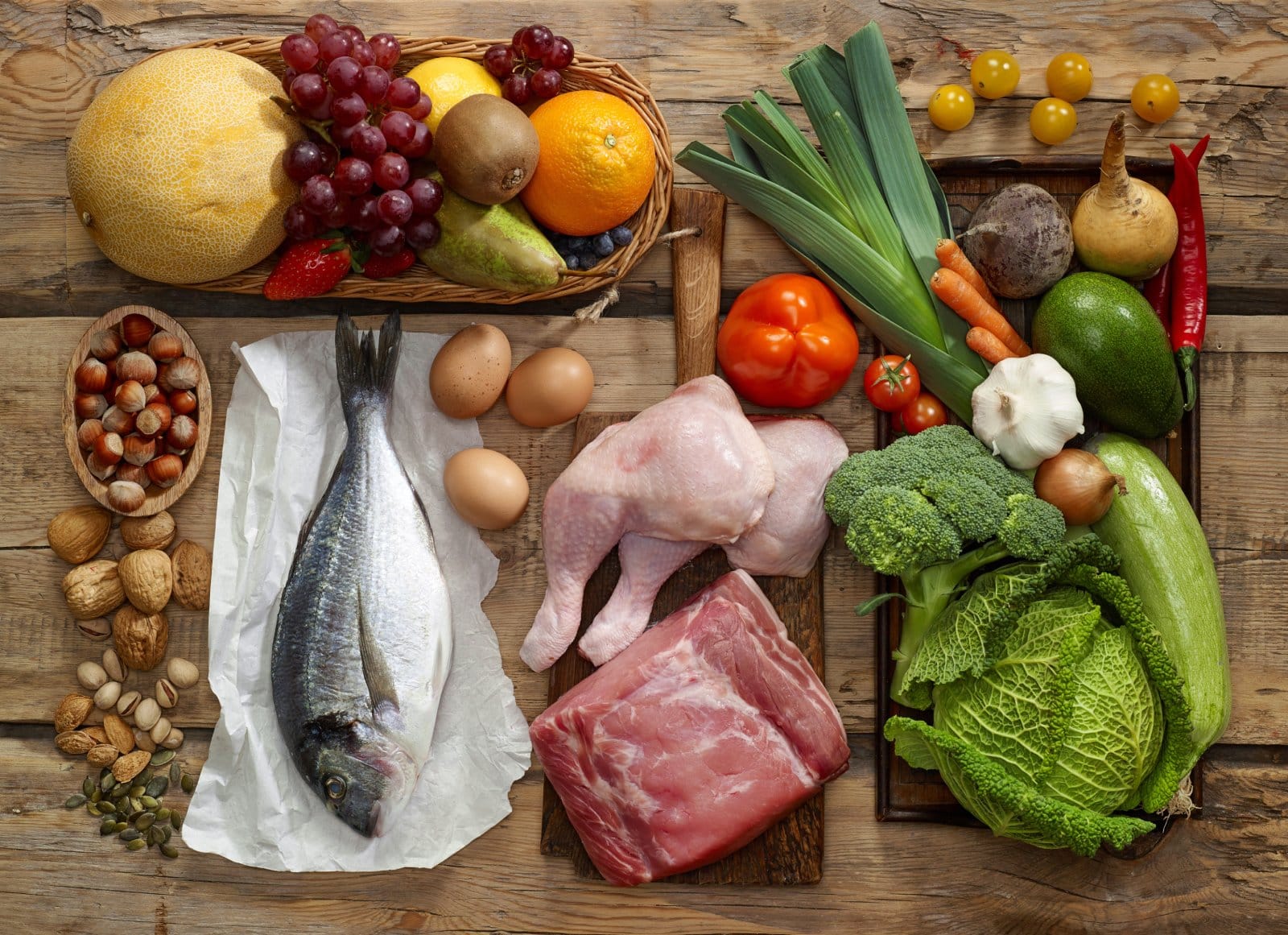
Specialized foods catering to Paleo or Keto diets often come with inflated prices, capitalizing on the trendiness of these high-fat, low-carb diets. The cost difference can be significant when compared to a balanced diet incorporating a variety of whole foods.
12. Celebrity Endorsement Diets

Diets endorsed by celebrities often involve buying specific products, books, or meal plans, costing fans hundreds of dollars for unproven benefits and the illusion of a celebrity lifestyle.
13. Fitness Trackers and Apps

While not inherently bad, reliance on fitness trackers and apps for diet and exercise adherence can become costly.
14. Vegan Cheese and Meat Substitutes
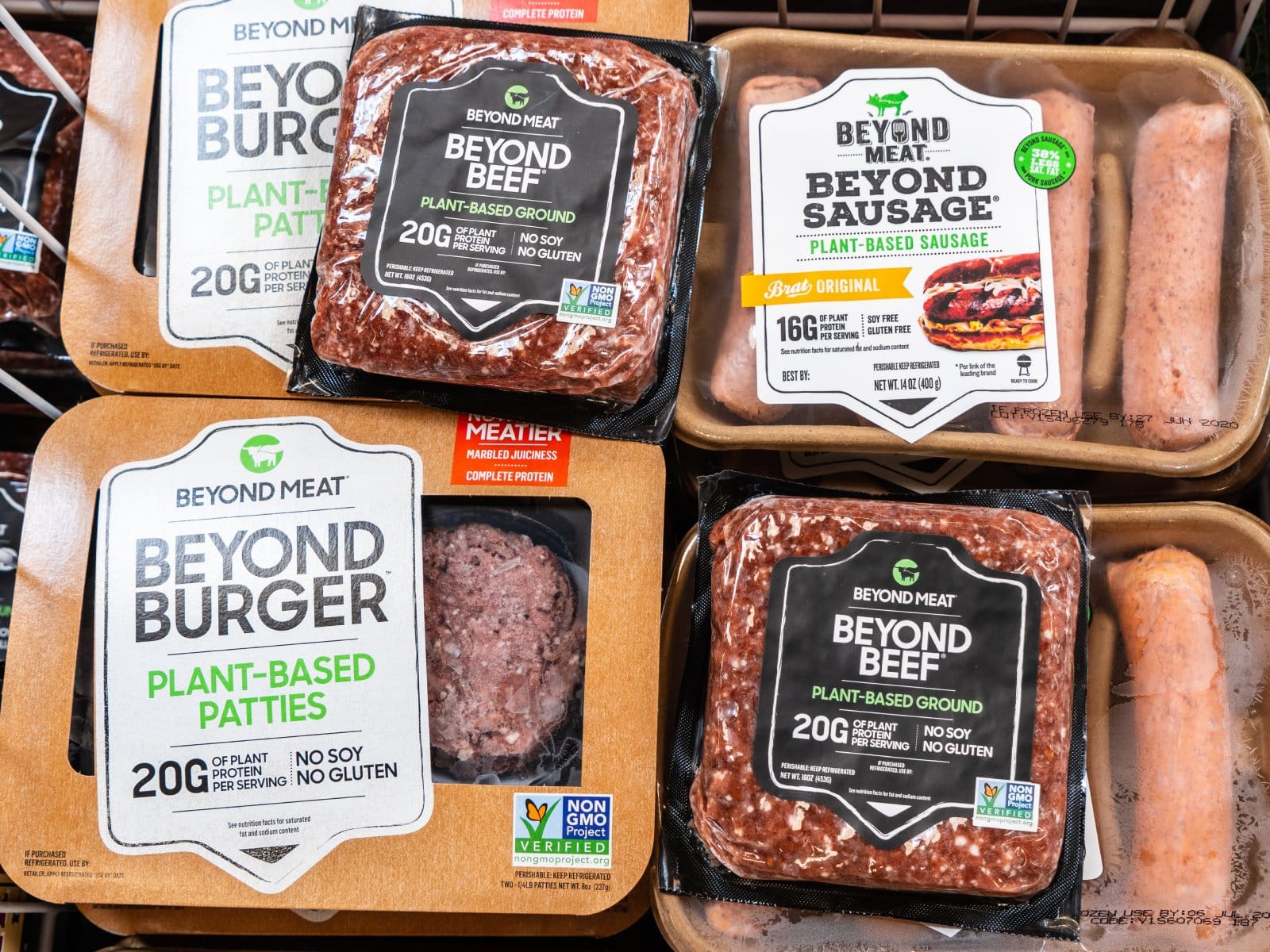
Vegan substitutes for cheese and meat can cost twice as much as their animal-based counterparts, despite being essential for those committed to a vegan lifestyle for ethical reasons.
15. Spirulina and Other Algae Products

Algae products such as spirulina are praised for their health advantages, though they can be pricey compared to nutrient-rich vegetables, with claims of superiority often exaggerated.
16. Avocado Toast at Brunch
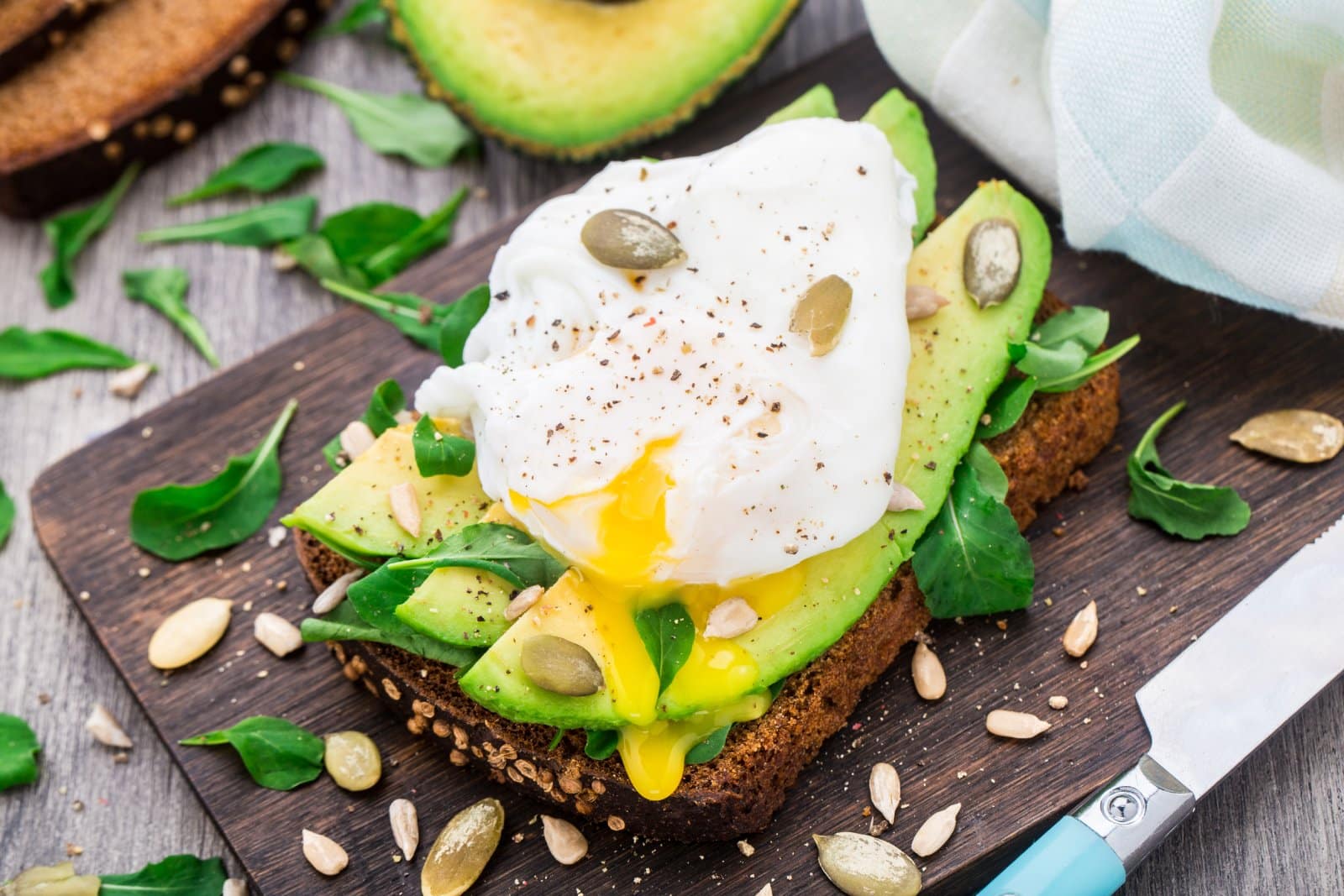
Avocado toast, emblematic of millennial food trends, often comes with a hefty price tag when ordered at restaurants, despite being much more affordable to prepare at home.
17. Almond, Oats, and Other Plant Milks
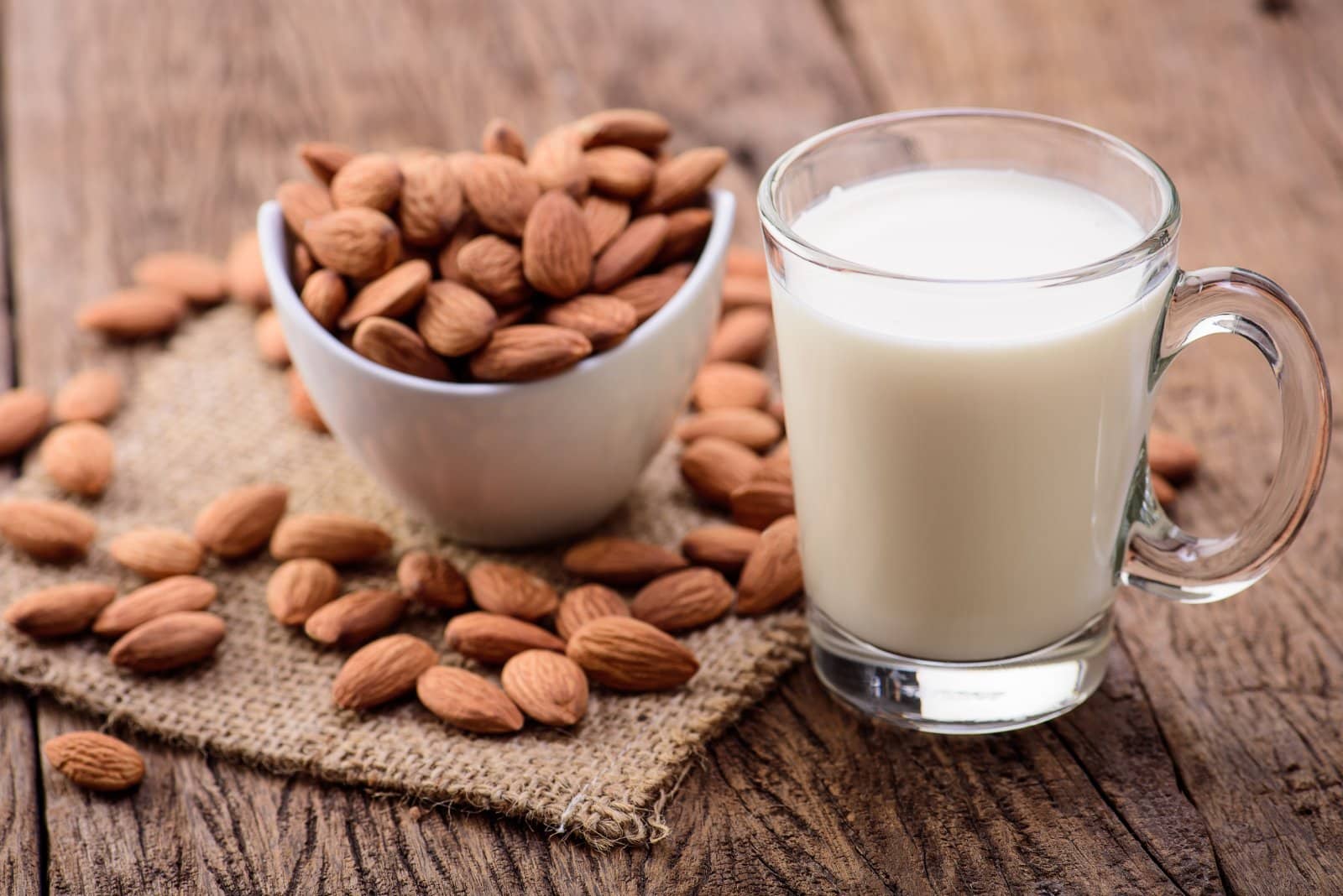
With the rise of dairy-free diets, plant-based milks can cost up to 50% more than cow’s milk, despite their growing popularity and claims of being healthier.
18. Sugar-Free Products
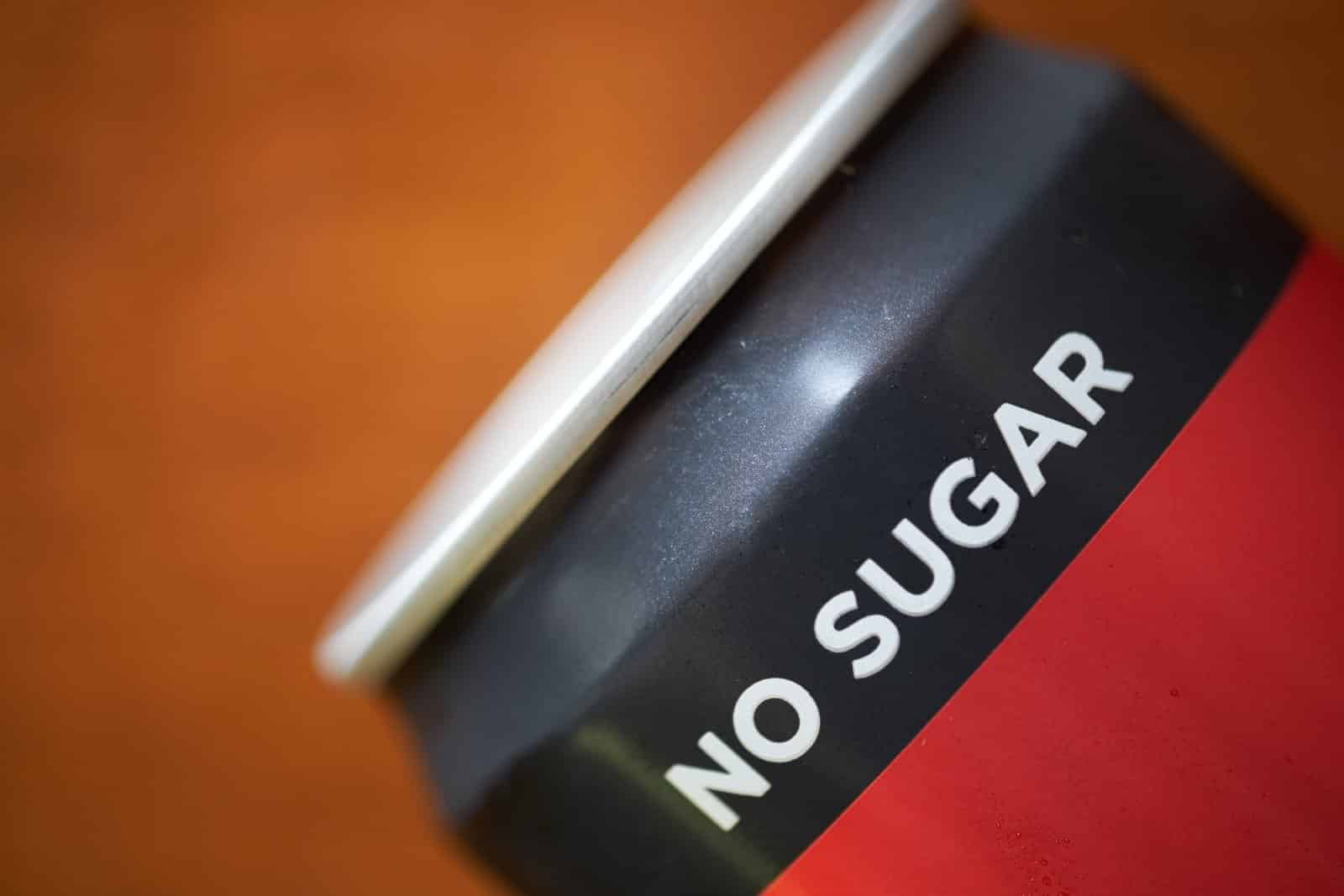
Sugar-free products often replace sugar with artificial sweeteners or other substitutes, costing more without providing significant health benefits, and in some cases, posing their own health risks.
19. Raw Food Bars and Snacks

Raw food bars and snacks market themselves as healthier options, but whole fruits and nuts offer similar nutritional benefits without the added cost.
Count the Cost

Diet culture’s price tag extends far beyond the wallet — it costs us our sanity, our time, and often, our health. Before investing in the next diet trend, consider the real cost and whether it’s truly in service of your health or just another expense in the billion-dollar industry of diet culture.
The post 19 Ways Diet Trends are Hitting Your Wallet Hard first appeared on Lists Lovers.
Featured Image Credit: Shutterstock / eldar nurkovic.
The content of this article is for informational purposes only and does not constitute or replace professional financial advice.
For transparency, this content was partly developed with AI assistance and carefully curated by an experienced editor to be informative and ensure accuracy.

